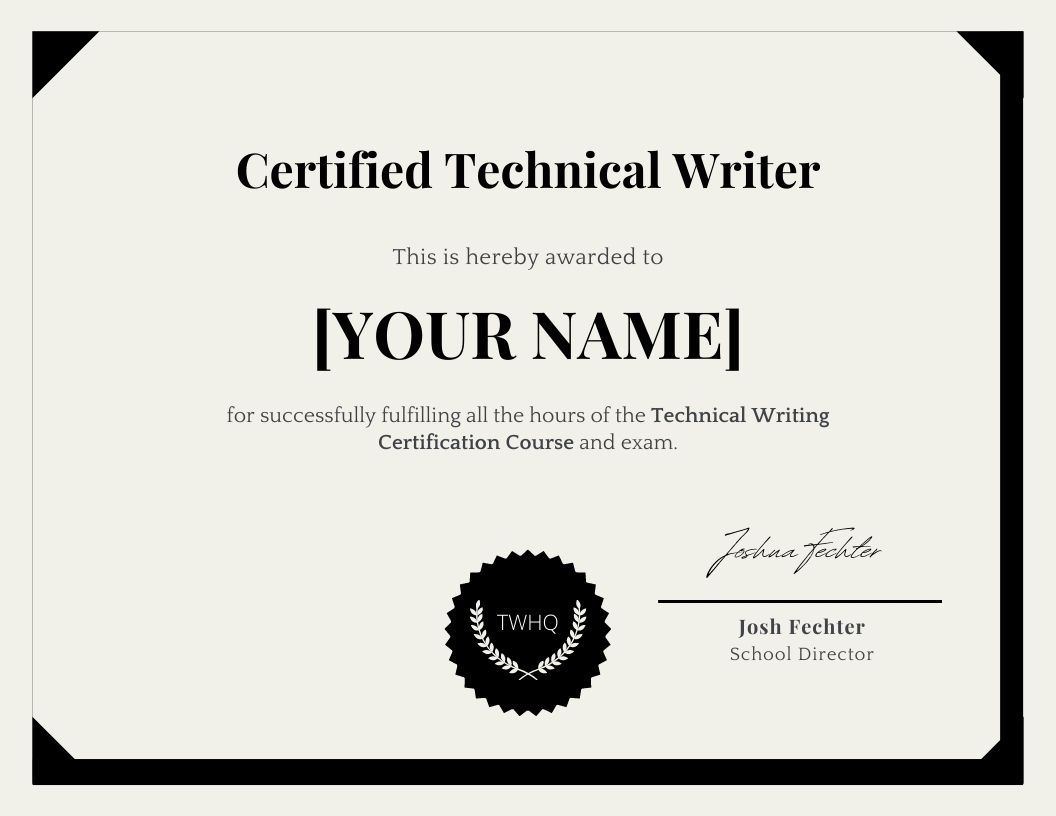Document control procedures are standardized processes used to manage an organization’s creation, review, approval, distribution, and storage of documents. These procedures ensure that all records are accurate, up-to-date, and accessible to authorized personnel while maintaining compliance with industry regulations and quality standards.
What is Document Control?
The document control process refers to the profession and practice of ensuring that approved document management processes and standards are followed for document creation, review, modification, issuance, distribution, and accessibility.
Document control is a key component of organizational risk management and quality standards.
The procedures ensure that the information in organizational documents is accurate and up-to-date, updated regularly, and that you follow the proper process for all documents.
These procedures also remove inaccurate or otherwise obsolete files and documents.
Why are Procedures Important to Document Control?
An organization is a collection of procedures. With numerous departments or divisions, hundreds or thousands of employees, and locations that can be spread out over vast geographical areas, it is only the procedures that a company puts in place that allow it to function in an organized manner.
Every department, including HR, IT, Sales, Marketing, and Finance, should have its own document control procedures manual to ensure everything works as designed.
Document Control Procedures
Document control is a specialized function. An organization’s document control system is a set or collection of procedures defining the tasks needed for effective document control. Document control procedures based on best practices are standardized in a document control procedure manual and then distributed to the organization. In this way, all employees know the exact procedure they must follow for any document they are working on or need to work on.

Types of Procedures
All the relevant procedures that make up an organization’s effective document management and control strategy are documented in the control procedures manual.
Document Creation
The document creation procedure defines the employee who will create the document and how it will be created for each type of document. The procedure will also describe the document formatting, including the information to be included in the header and footer, naming conventions, and other relevant details.
Initial Document Review and Approval
The document review and approval procedure defines who reviews and approves a document after it is created for each document. The procedure includes the important parts of the document that require special attention during the review and approval process. The procedure also provides a method of indicating the review and approval status.
Document Revision
For documents that require revision on a periodic or as-needed basis, the document review procedure defines who can initiate or request document revisions and who makes the actual revisions. The procedure also includes the method to be used for recording information related to version control, such as document owner, revision number, and chronological information, such as date of current revision and next review date.
Revised documents also need to undergo review and approval before they are published.
Document Publishing
For approved documents, the document publishing procedure defines how and where a document is published and who can access it. The method also defines the relevant security restrictions for sensitive or personal information and whether the document can be distributed outside the organization.
Document Disposal
Different documents have different criteria determining when they can be removed from the organizations’ records. For example, a policy can be deleted after a new policy or employee data is replaced or deleted after the employee has left the company. Some documents and data must be maintained for a certain time to comply with laws and regulations.
The document deletion procedure will define the relevant criteria for the various types of documents.
Document Control Software
Even though paper-based documents and document control procedures are still used, electronic management systems (EDMS) perform most modern document control. These are their benefits:
Reduced Costs
Using software allows you to save costs associated with paper and storage of paper documents. An electronic system also helps to reduce costs associated with lost or misfiled documents, paper and other resource waste, regulatory violations, and frequent data entry errors.
Workflow Automation
You can define automated document workflows that are optimized for your requirements. You can easily change and optimize workflows. Make a few changes to the software, and you are good to go. Compare that to a traditional system based on paper documents, where you would have to arrange a few meetings before people would know and understand the new document workflow.
Improved Collaboration
A digital document management solution makes sharing and collaborating on documents and processes much easier than paper-based document management solutions. Audit trails that track the creation and editing of documents allow you to identify personnel in the event of intentional or unintentional errors and modifications.
Advanced Search
When documents are saved in a robust document management system, the content is archived and indexed with metadata. This lets you use advanced search capabilities to find needed documents within seconds. Your teams can save time and energy, leading to cost savings and improved productivity.
Fast Retrieval
Fast document retrieval improves productivity by making it easy to retrieve filed documents.
Optical Character Recognition (OCR)
OCR is a software technology that is supported by modern document management systems. It can “read” written or printed scanned content and convert it to machine-readable text.
Reduced Storage Space
An electronic document management system saves valuable physical space that bulky and expensive file cabinets, boxes, and storage bins would have otherwise taken up. With digital systems, the available storage options include file servers, NAS servers, and cloud storage.
Security
Password protection allows you to control access to critical documents. Advanced security features also protect your critical digital documents from security breaches and cyber threats.
Disaster Recovery
Document management software will allow you to back up critical company documents and data to a disaster recovery (DR) site or the cloud. Disaster recovery offers you peace of mind as you know that business continuity will be maintained even if a disaster, such as an earthquake, storm, or extended power outage, affects the primary data repository and makes it unavailable. Disaster recovery protects your data if a security breach compromises the primary repository.
Conclusion
Document control provides many benefits for organizations, such as increased efficiency, improved quality, and access permissions. Document control also helps with legal and regulatory compliance.
Global standards bodies such as ISO consider document control a critical component of organizational quality management systems.
Document control is implemented through various document control policies and procedures that provide clarity for employees and those involved in document handling.
Modern document control is accomplished through electronic document control software that automates workflows and offers additional benefits such as ease of storage and access and improved security.
FAQs
Here are some of the frequently asked questions about document control.
What is the Difference Between a Procedure and a Process?
This topic generates and will continue to create a lot of debate.
The International Standards Organization (ISO) defines the two terms as follows:
A process is a set of interrelated or interacting activities which transform inputs into outputs.
A procedure is a specified way to carry out an activity or a process.
Why is Document Control Required?
Organizations cannot function properly without standards-based document control.
The purpose of a document control program is to ensure that users trust documentation. Document control is required to ensure that organizational documents are
- Created after going through the proper review and approval process.
- Distributed to authorized personnel only.
- Accessible.
- Accurate and up-to-date.
What is ISO and Document Control?
The International Organization for Standardization (ISO) is an international nongovernmental organization that develops and publishes a wide range of proprietary, industrial, and commercial standards.
Many organizations get ISO-certified as it helps to improve operational efficiency and improves business credibility.
Approval Processes
According to clause 7.5 of the ISO 9001:2015 standard, organizations must establish a documented procedure to:
- Approve documents for adequacy before issue
- Review, update as necessary, and re-approve documents
- Identify the changes and current document revision status
- Make relevant documents available at points of use
- Ensure all the documents remain legible and readily identifiable
- Identify external documents and control their distribution
- Prevent obsolete documents from unintended use
- Apply suitable identification for such documents
What are the Benefits of Document Control?
Document control offers numerous benefits for organizations.
Defined procedures and workflows ensure that employees know how to create documents, get them approved, know where to store them, and how to locate them when needed.
Procedures ensure employees always work with the document lifecycle’s most up-to-date and relevant data. This prevents many problems that could occur due to dealing with obsolete documents.
Every organization deals with sensitive documents. Document control ensures that sensitive data is protected by implementing security protocols.
Your organization must comply with local, state, and federal laws and regulations. A document control system incorporating relevant legal and regulatory requirements will help you comply with those laws and regulations.

What is Document Control Terminology?
The following is a list of terms relevant to organizational document control.
Archiving: storing data securely for an extended period.
Audit Trail: a record of all actions related to changes made to a document, including the date/time, author, and purpose of change. It can prevent and track down unauthorized access or any other activity.
Backup: a copy of computer data that can be used if the primary data record is unavailable or compromised.
Disaster Recovery: plans and processes that ensure business continuity during natural or man-made disasters. Document control usually means maintaining multiple copies of the document repository so businesses can use backup repositories if the primary repository is compromised.
Digital Signature: an electronic signature that uses algorithms, certificate authorities (CAs), and trust service providers (TSPs) to authenticate the signatory and the document’s integrity.
Electronic Signature: the electronic method for signing digital documents.
Encryption: scrambling of data with a digital key to prevent unauthorized access.
Quality Management System (QMS): a system that documents policies and procedures to enable quality maintenance and improvement.
Optical Character Recognition (OCR): conversion of scanned text (handwritten or printed) to machine-readable documents.
Repository: the location where documents are stored. Paper-based documents are stored in physical repositories. Electronic records are stored in electronic repositories such as databases.
Version Control: tracking and managing successive versions of the same document. Version control maintains a database of consecutive versions of the same document so that users can refer to previous versions if required.
Workflow: a well-defined process that enforces business rules, sets escalation schedules, and ensures authorization procedures are followed.
If you are new to document control management and are looking to learn more, we recommend taking our Technical Writing Certification Course, where you will learn the fundamentals of managing technical documentation.


















